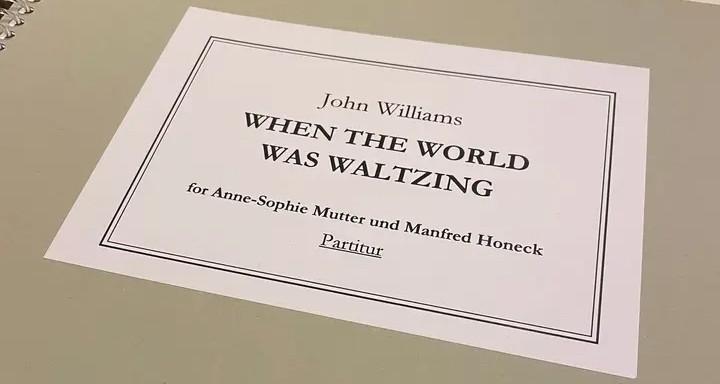
‘HOMAGE TO JOHANN STRAUSS’
Concert for the 200th Birthday of Johann Strauss
October 25, 2025, Musikverein Wien, Vienna, Austria
Vienna Symphony Orchestra conducted by Manfred Honeck
Anne-Sophie Mutter, violin
Vienna Boys’ Choir, Erasmus Baumgartner, choirmaster
CONCERT PROGRAM
- Waldmeister – Overture (Johann Strauss II)
- Jubilee-Waltz (Johann Strauss II)
- Three Dances – World Premiere (Max Richter)
- When the World was Waltzing – World Premiere (John Williams)
INTERMISSION - The Gypsy Baron – Overture (Johann Strauss II)
- Éljen a Magyar!, Op. 332 (Johann Strauss II)
- Wiener Blut, Op. 354 (Johann Strauss II)
- Banditen-Galopp, Op. 378 (Johann Strauss II)
- Sängerslust Polka, Op. 328 (Johann Strauss II)
- Tritsch-Tratsch-Polka, Op. 214 (Johann Strauss II)
- Kaiser-Walzer, Op. 437 (Emperor Waltz) (Johann Strauss II)
PROGRAM NOTES (‘When the World Was Waltzing’)
The idea of writing a new waltz to celebrate the 200th birthday of Johann Strauss II was entirely the idea of Maestro Manfred Honeck, an artist we all greatly admire. While he and I were doing a concert with violinist Anne-Sophie Mutter, he suggested that I contribute a short work commemorating Strauss’ bicentennial and featuring Ms. Mutter’s dazzling artistry in a way that might prove amusing. Of course, rather than asking a composer from Hollywood, I immediately thought it that might be more suitable to approach one of the many talented composers in Austria and Germany whose knowledge and understanding of Strauss’ repertoire certainly eclipses my own. I am not an expert in the music of this great master, although what I have heard of it I admire greatly, as we all remember Brahms also did. But Maestro Honeck persisted, much to my delight, and as always, I found myself unable to resist the wonderful Ms. Mutter!
The question was what to do… To begin, I might say what the piece is not. It is neither an imitation nor a portrait of Strauss. Nor does it take the form of pastiche or parody. Rather, it strikes me as more of an example of what one thinks Strauss might write today, given the expansive uses of orchestration that have taken over the practices of managing orchestral music in the many years since he left us. Perhaps the great man might have been intrigued by the excesses of the “Hollywood Style”, which certainly owes him a great debt. All I can say is that for me, this project has been enormous fun, and the opportunity to collaborate with Ms. Mutter and Maestro Honeck is always a tremendous honor.
— John Williams
REVIEWS (‘When the World Was Waltzing’)
JWFAN REVIEWS
Review by Marian Schedenig (full concert review)
The Williams didn’t seem to be anything too special (not that I really expected it to be), but still one of the meatier pieces of the concert (certainly compared to the Richter). Unlike the Richter, it was actually a waltz, for full orchestra and solo violin, with some virtuoso solo passages and a short cadenza, and no fake ending. Tonal, though from what I recall, it raised the key with each segment. It’s mostly comparable to Williams’s other “theme” arrangements for ASM, except that it seemed to lack a strong theme, which made it a bit unmemorable, I’m afraid. After another concert half full of Strauss pieces I don’t remember much of it.
Review by ‘christian’ (original post)
It is very difficult to write or talk about a piece of music that you have heard only one time. I try to give my thoughts I remember having had during this “first time”.
The Instagram Video of Mutter gave the beginning in parts away. Three strokes. Than a “brilliant” rising up of the orchestra, starting in the violins, culminating into a waltz rhythm. Then a waltz theme occurs in the full orchestra, and finally the violin joins in. Until that point it didn’t sound to me like Williams – neither the Concert Works Composer nor the Film Composer, as Williams was here really following rules of the genre of Waltz music. Williams definitely showed in the beginning that he can handle the expectations of the genre, but also his ability to do something new – other than Max Richter, who’s pieces were played before Williams and where I felt Richter could not really get out of his own style, although I really loved his pieces, also for their psychology of form (especially the ending of each of the three pieces was very well prepared), and their affinity to Electronic Dance music, having also some extremely beautiful harmonic progressions. The next thing I remember is a presentation of the waltz theme in the horns (and other brass instruments). Here the context of the orchestration made it sound like it could fit to many post-Jaws Soundtracks (1975 and the 20 years after that). There I heard also the playfulness of Williams when he works (plays) with his themes. Then I remember the very long Cadence of the Violin, which seemed to be largely atonal or at least chromatic. After that there is presentation of the waltz theme with the violin and orchestra. And this (third) time I could compare it in its lightness to the 60’s Main Titles Williams wrote to comedies. But it sounded also different from that soundtracks. The Waltz theme is using a rhythmic formula that I can recall being used in one of (and maybe many others of) Strauss piece, but I don’t know which one, because I am also not familiar enough with Strauss music to remember his pieces and their names.
I still don’t know what the title, especially the “When” in the title refers to. But having read Williams comments and listened to the piece once it would work for me, when the title “When the world was waltzing” would be an imagined movie title, for which this music was composed for.
In one sentence: There is something to whistle. But this work is too complex to grasp everything that happens at first listen.
PHOTOS
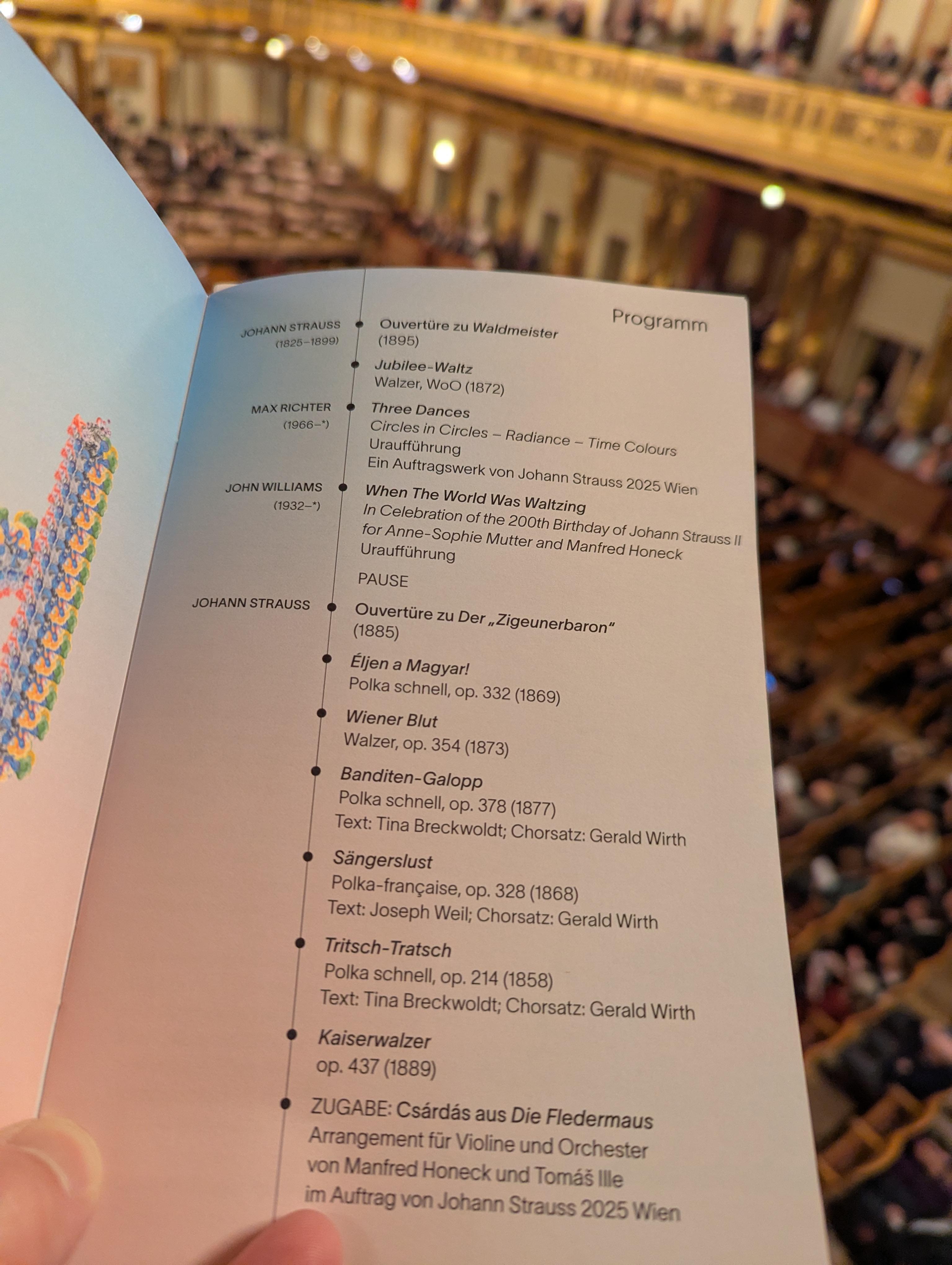
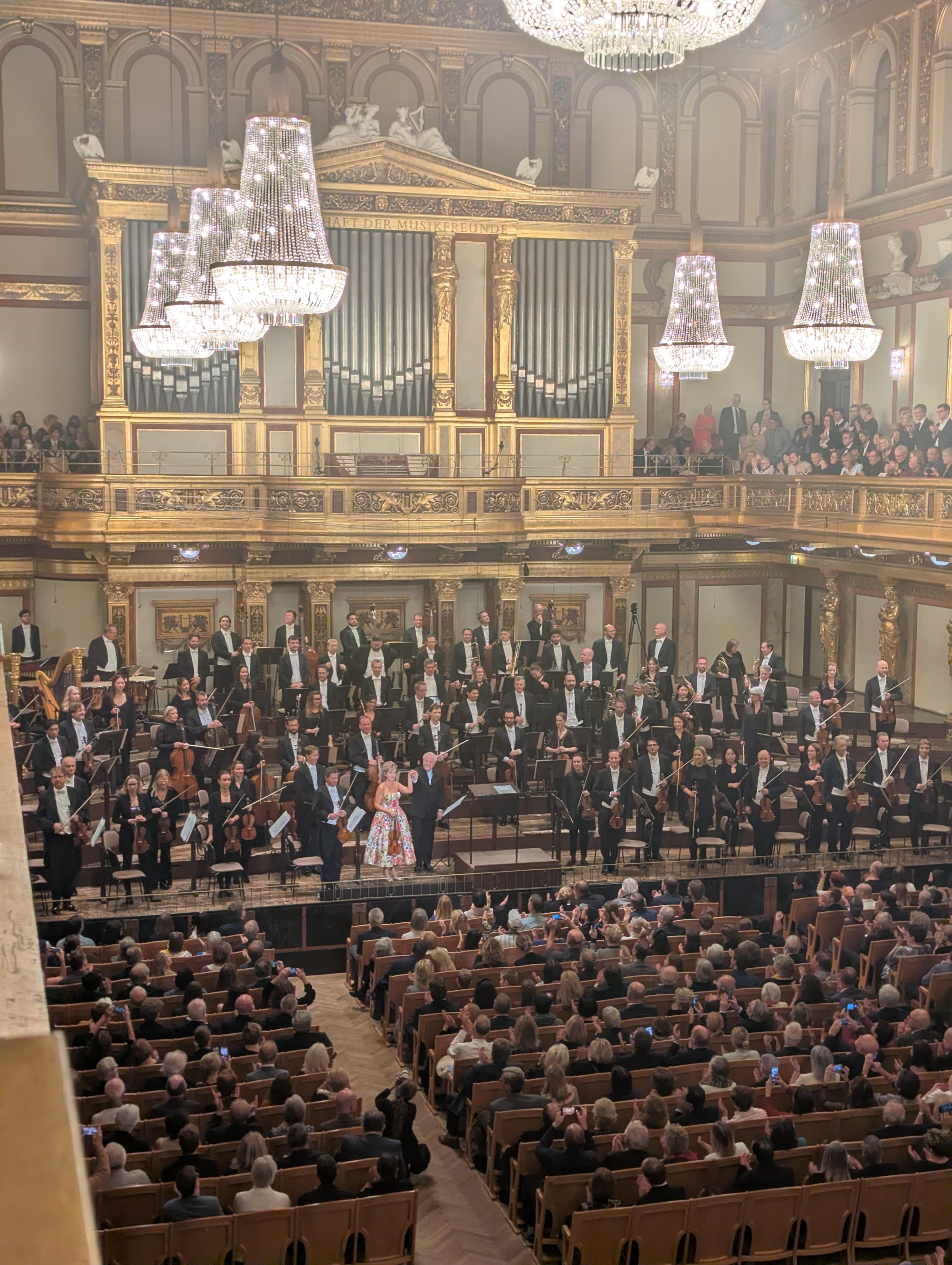
(Credit: Marian Schedenig)
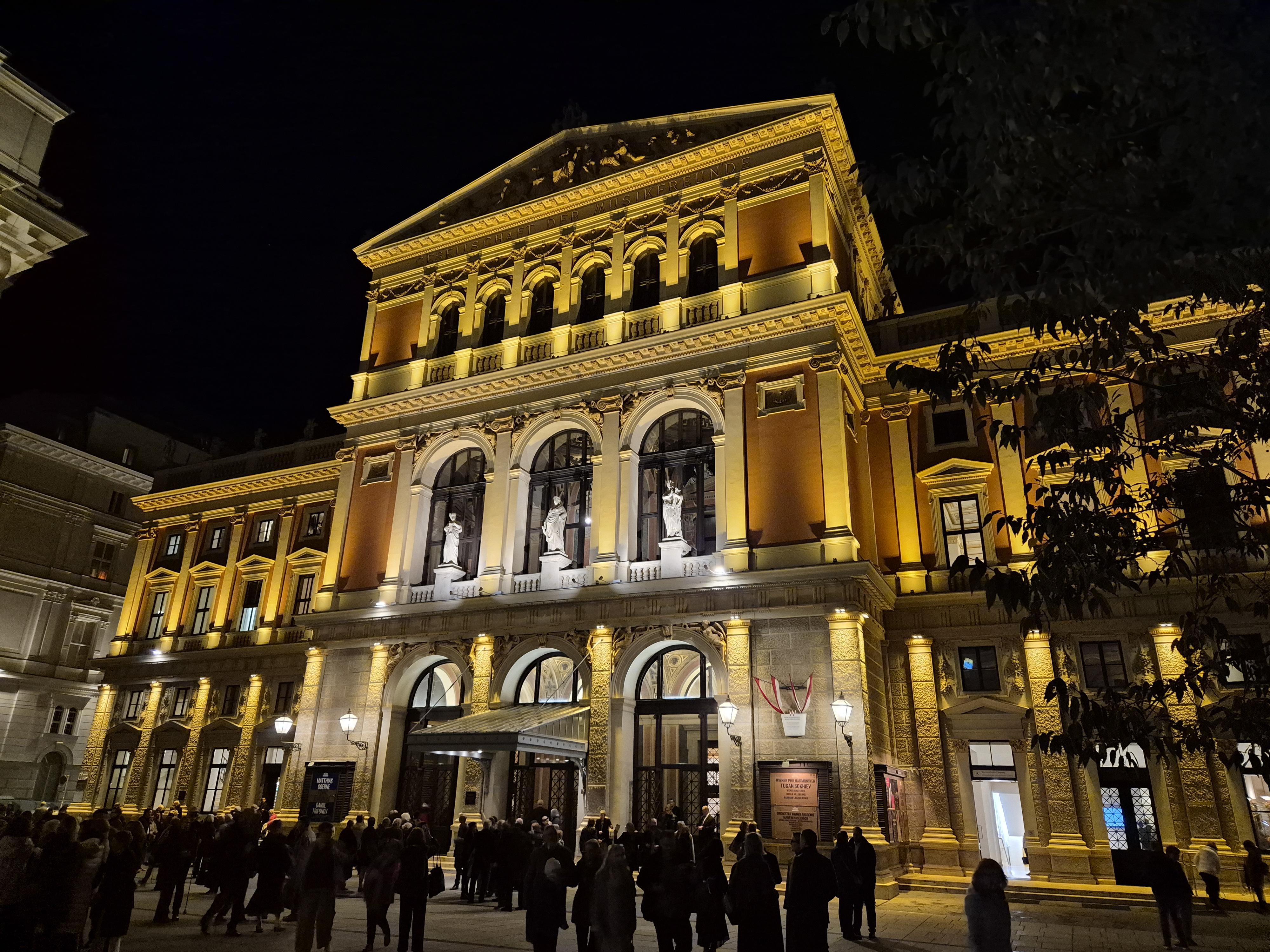
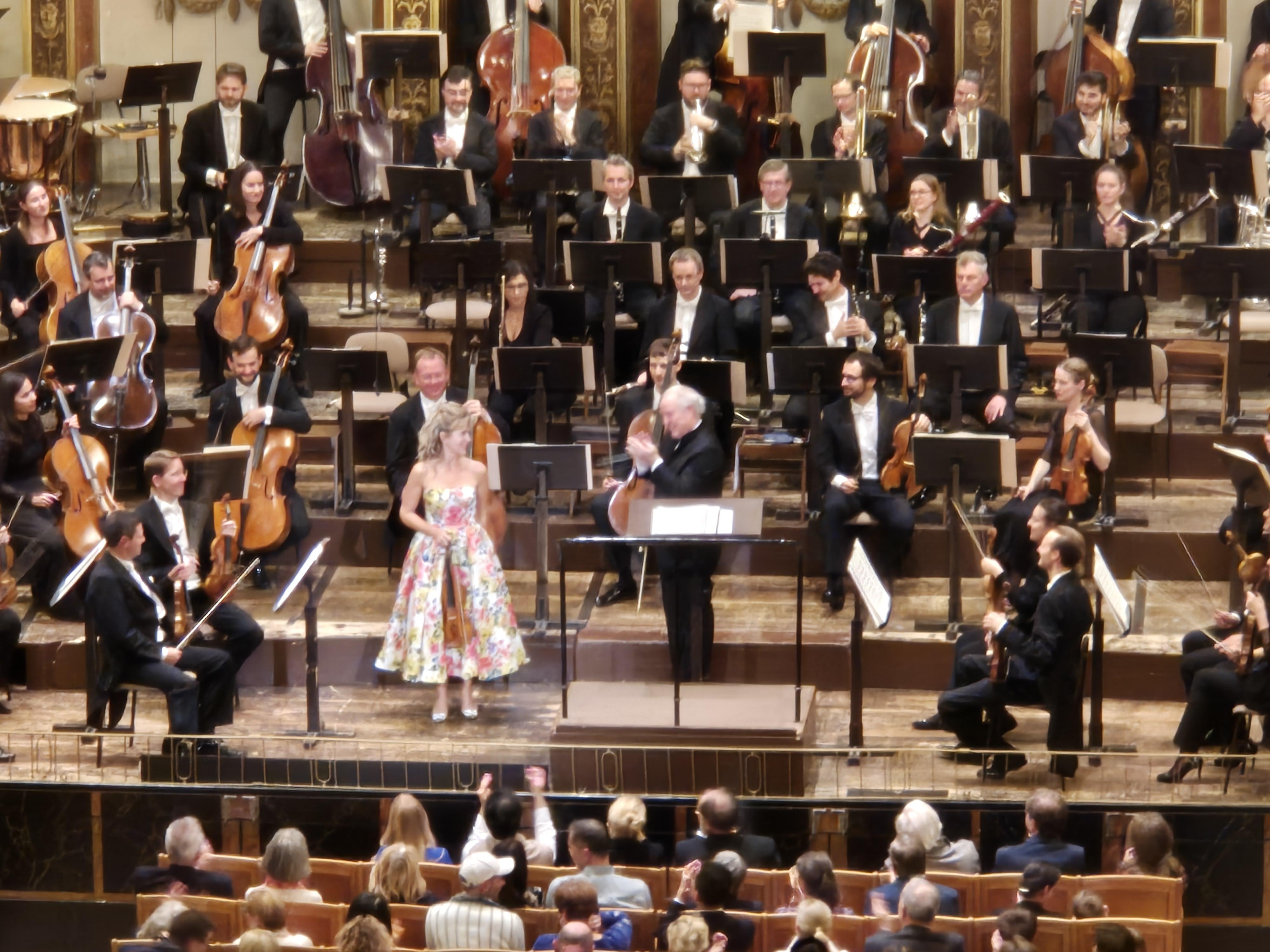
Credit: ‘Oliver 69’
